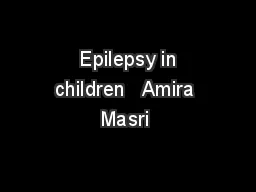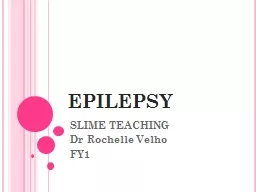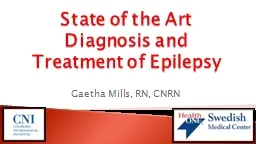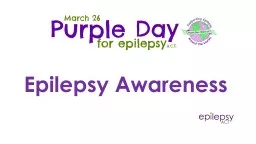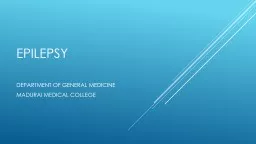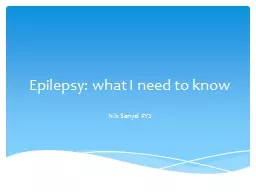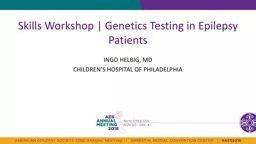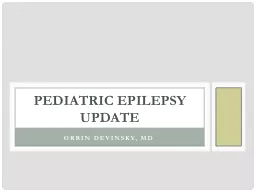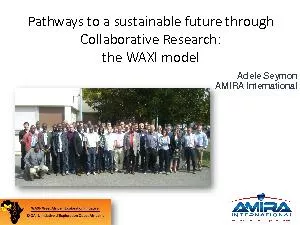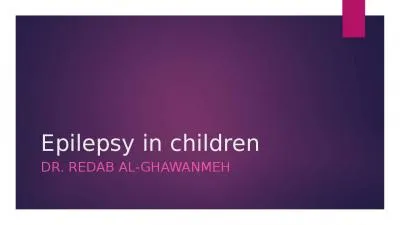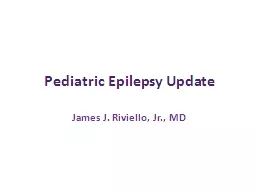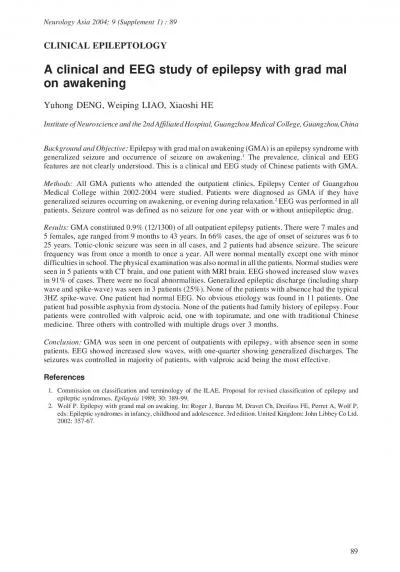PPT-Epilepsy in children Amira Masri
Author : aaron | Published Date : 2020-04-03
Prof of child neurology Faculty of medicine The university of Jordan Objectives History Epidemiology Definitions seizure epilepsy febrile convulsion status
Presentation Embed Code
Download Presentation
Download Presentation The PPT/PDF document " Epilepsy in children Amira Masri " is the property of its rightful owner. Permission is granted to download and print the materials on this website for personal, non-commercial use only, and to display it on your personal computer provided you do not modify the materials and that you retain all copyright notices contained in the materials. By downloading content from our website, you accept the terms of this agreement.
Epilepsy in children Amira Masri : Transcript
Download Rules Of Document
" Epilepsy in children Amira Masri "The content belongs to its owner. You may download and print it for personal use, without modification, and keep all copyright notices. By downloading, you agree to these terms.
Related Documents

